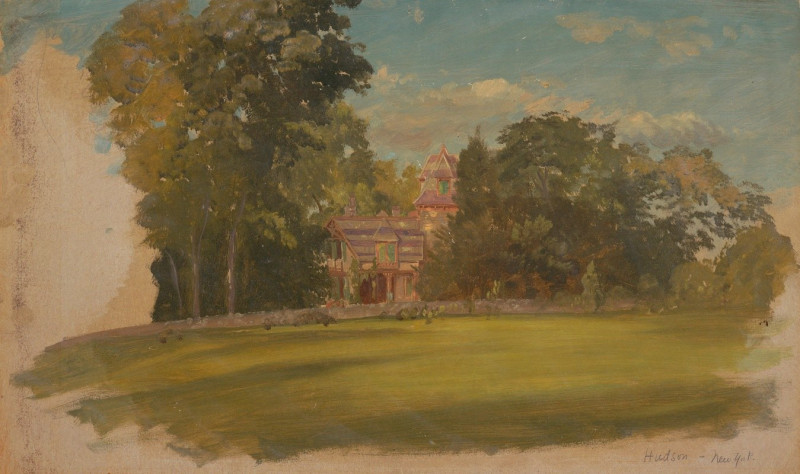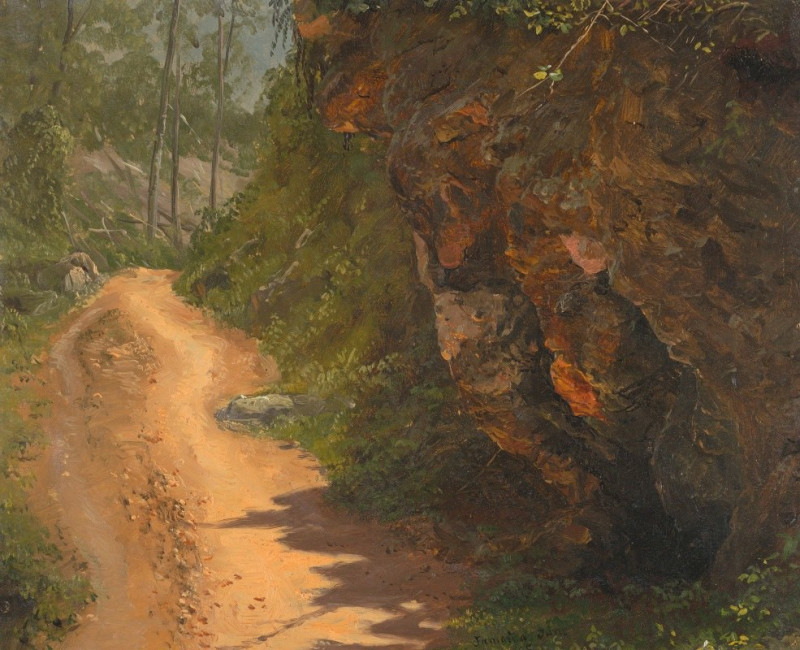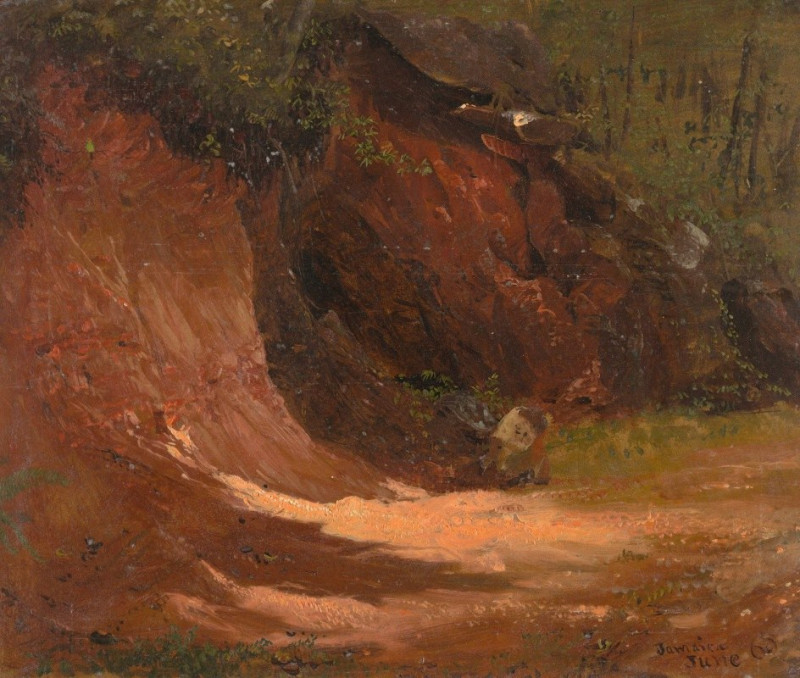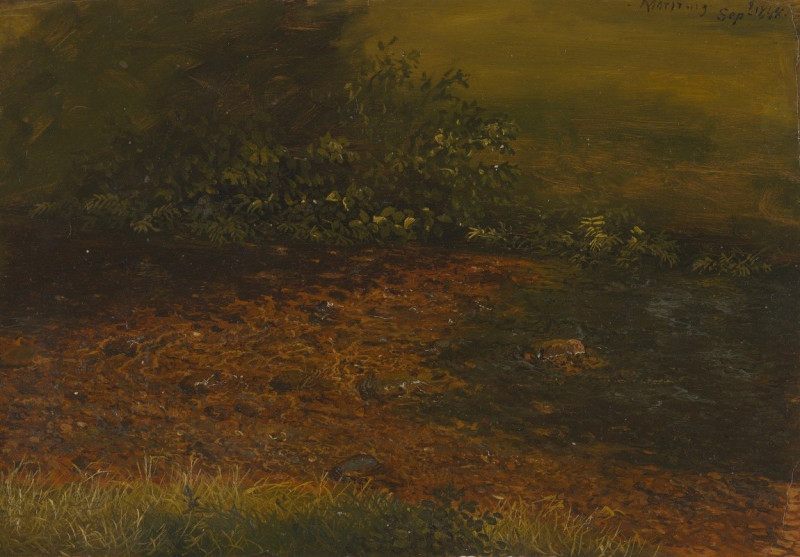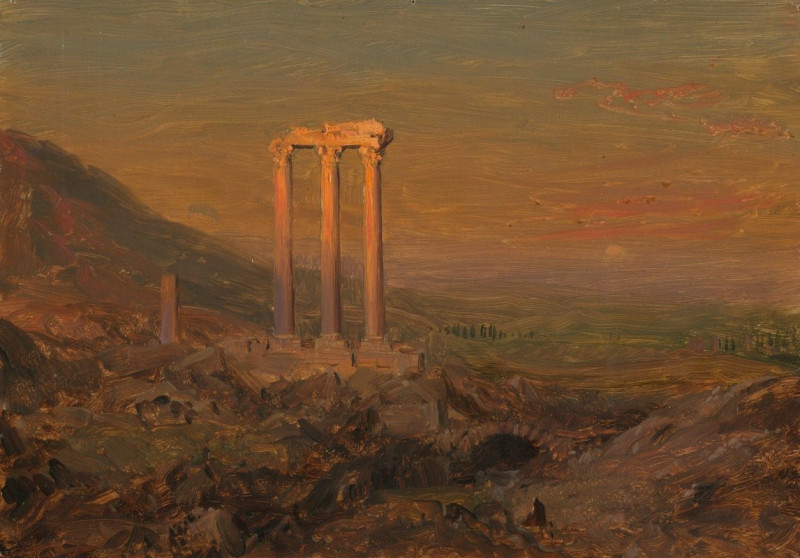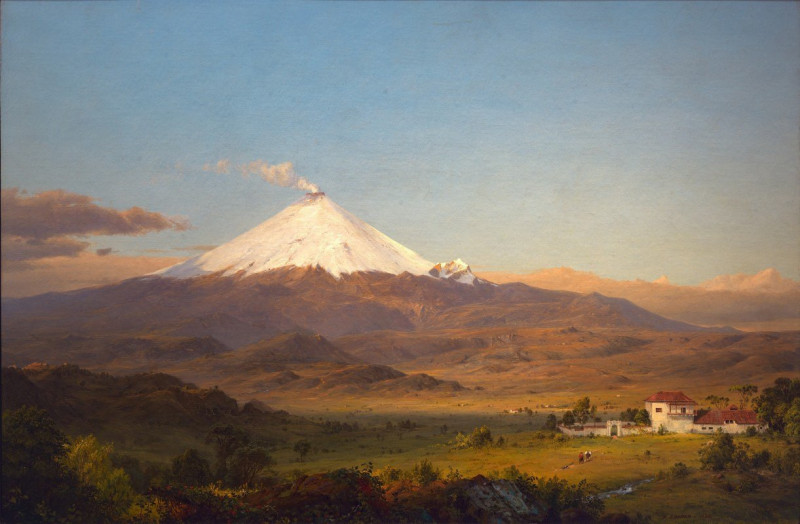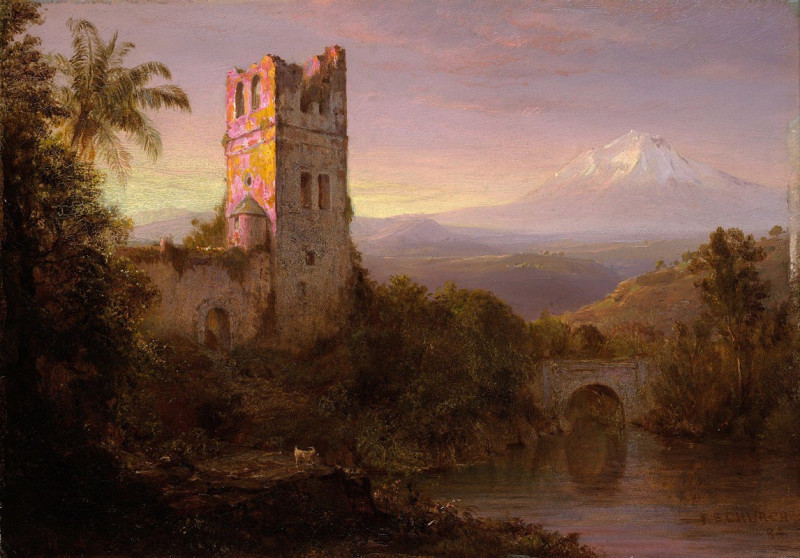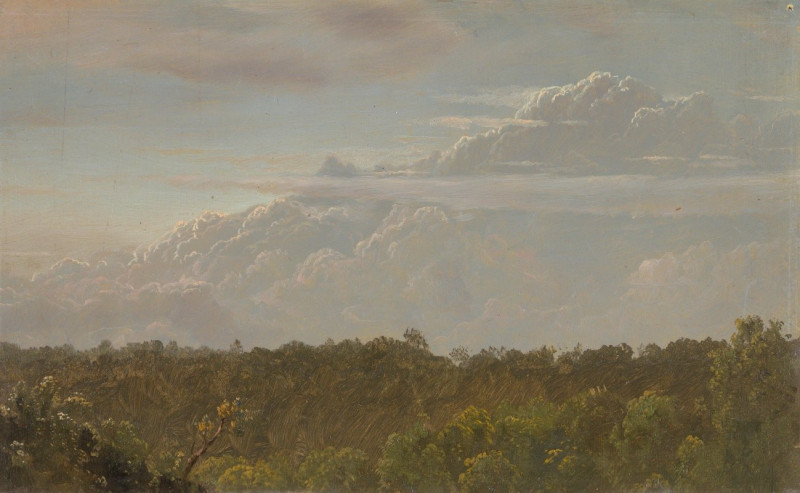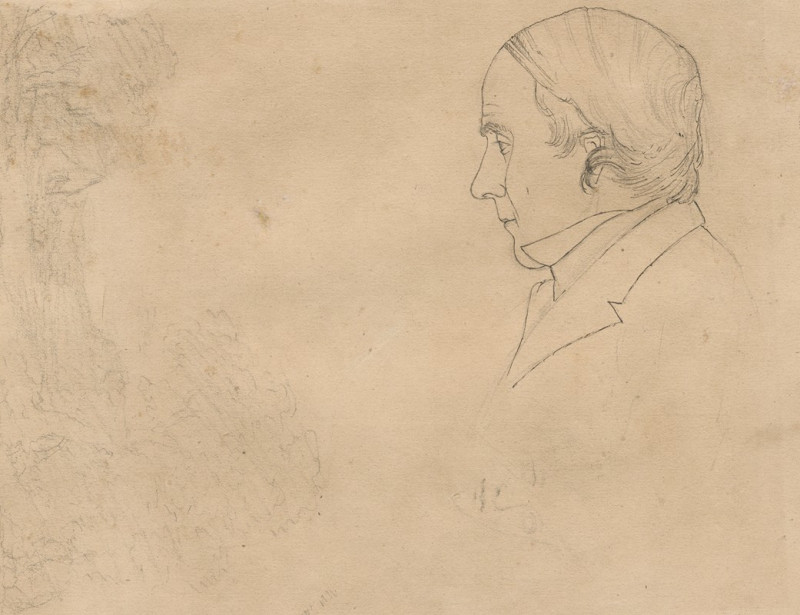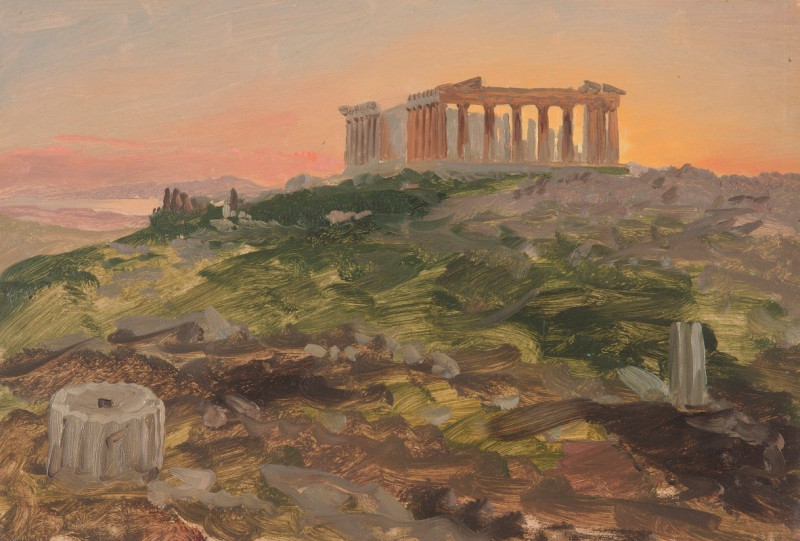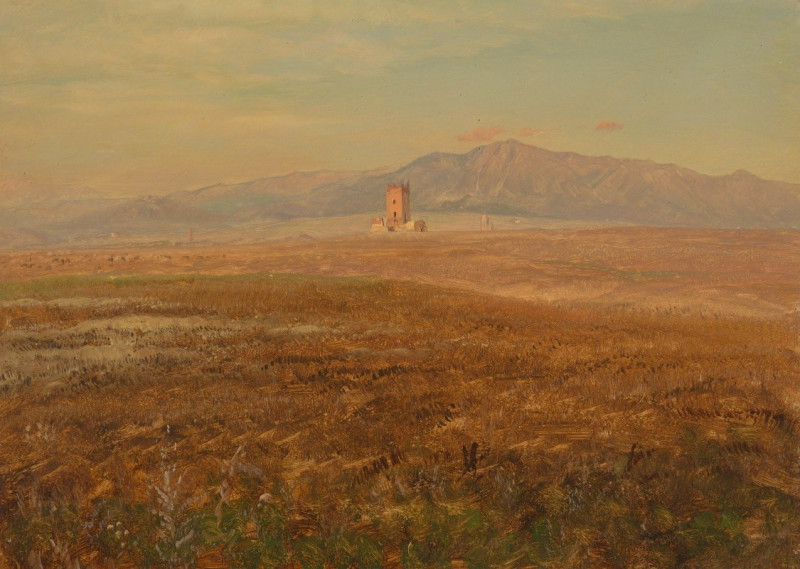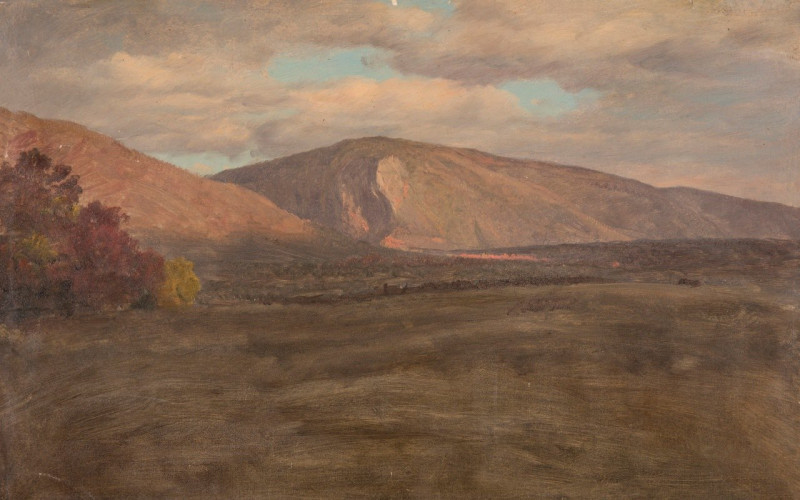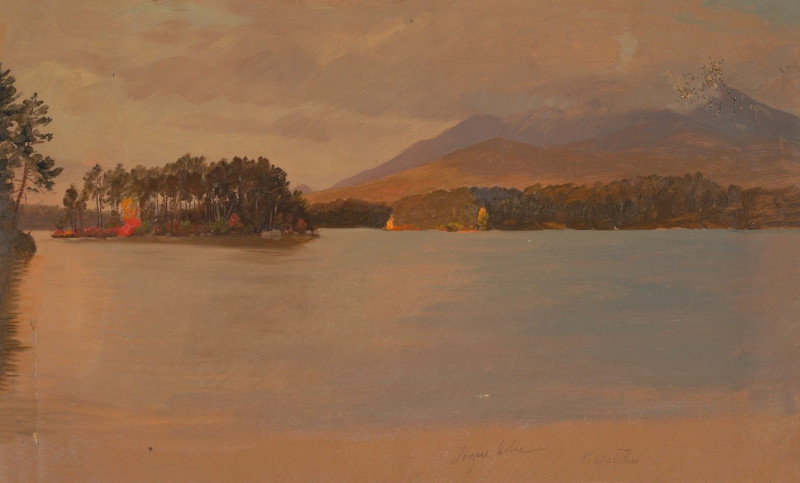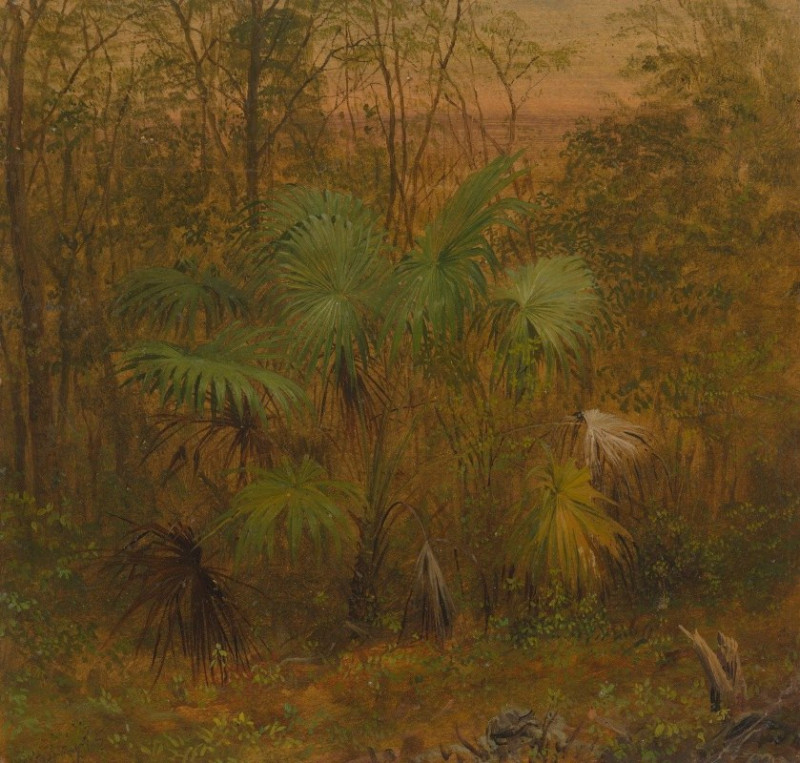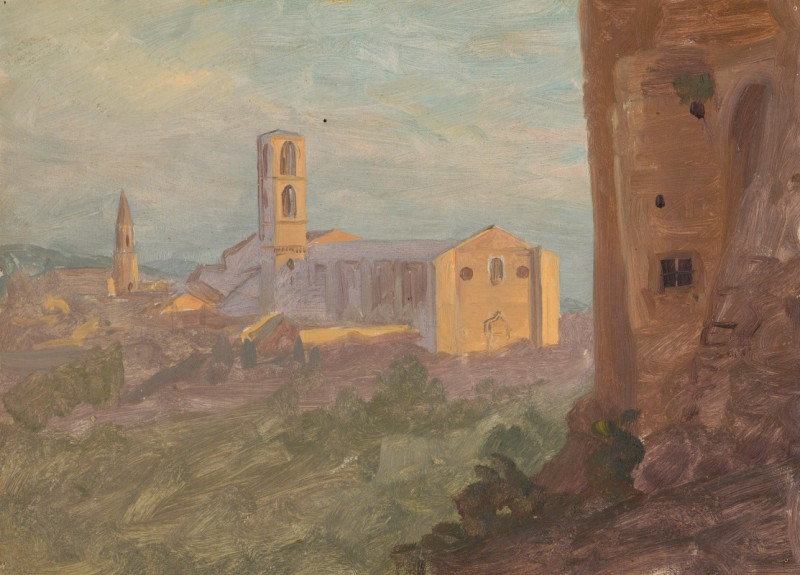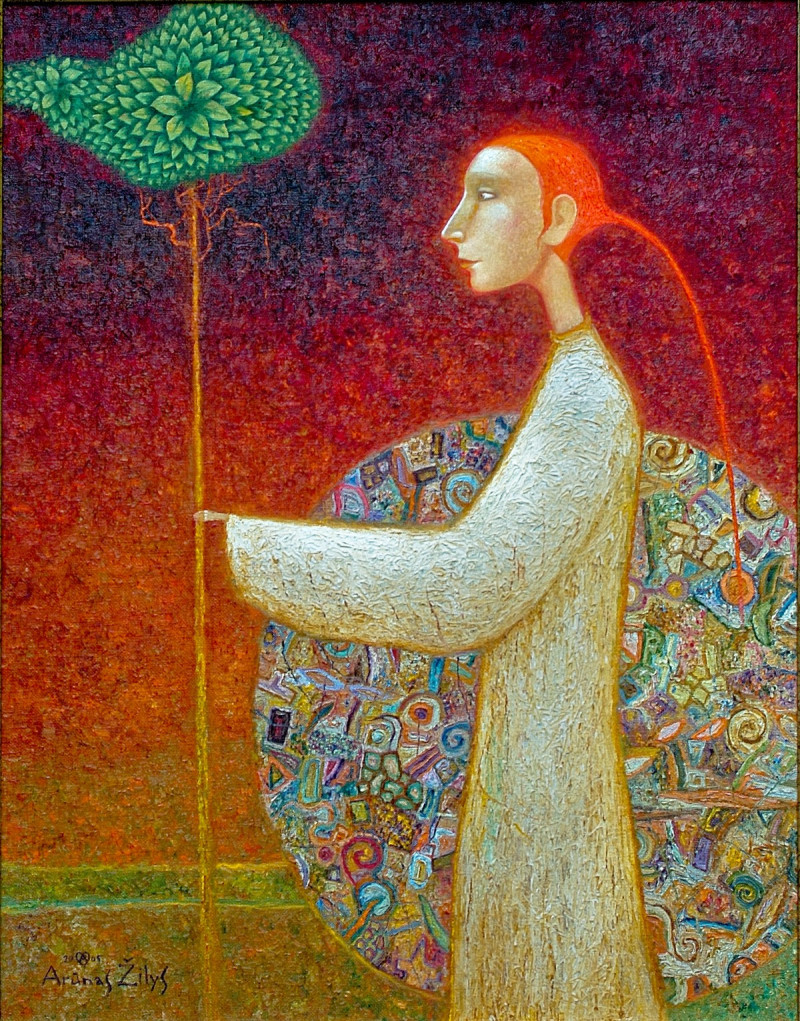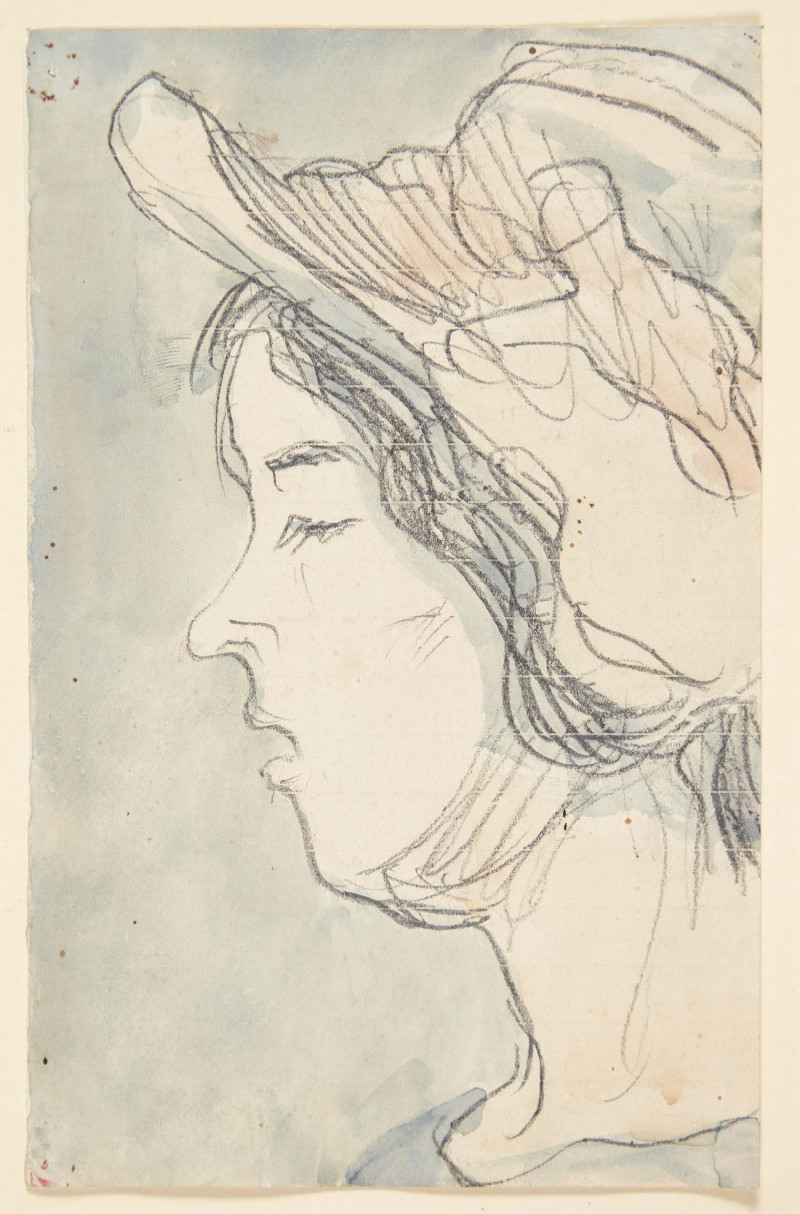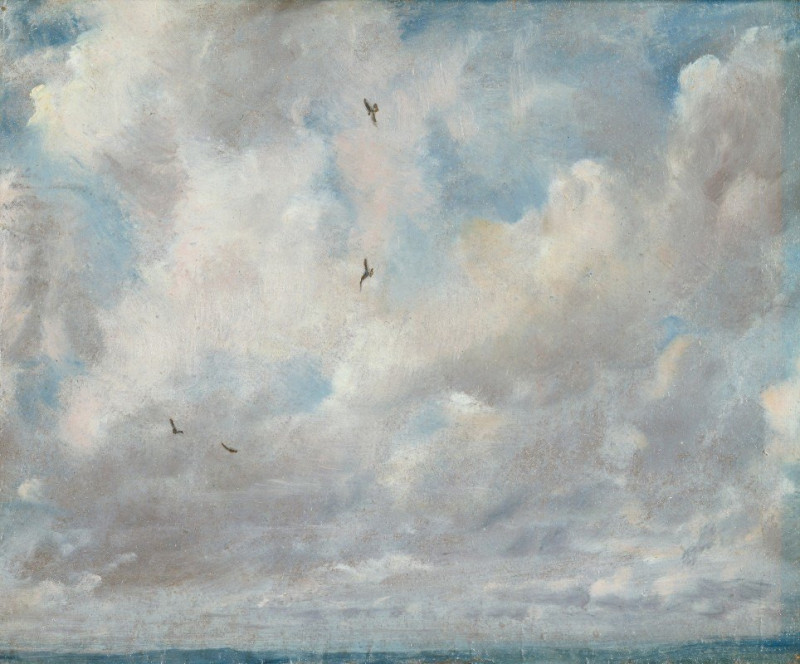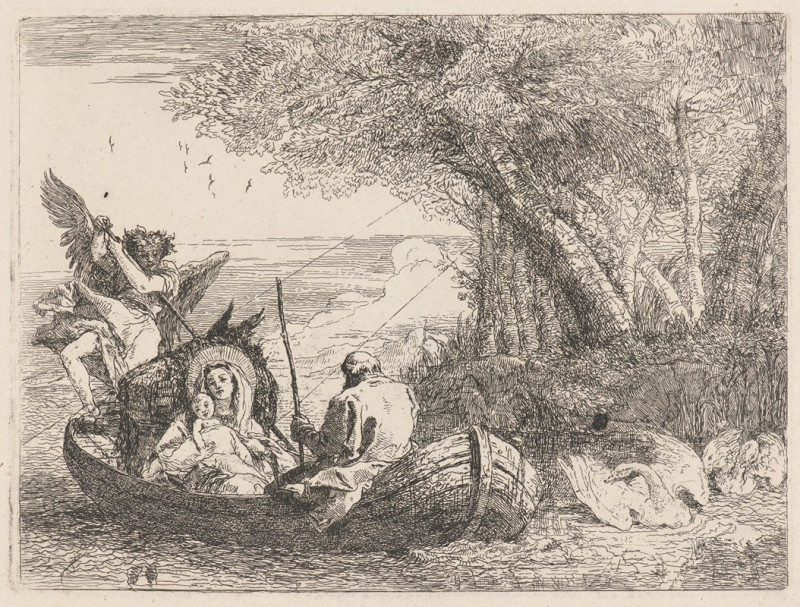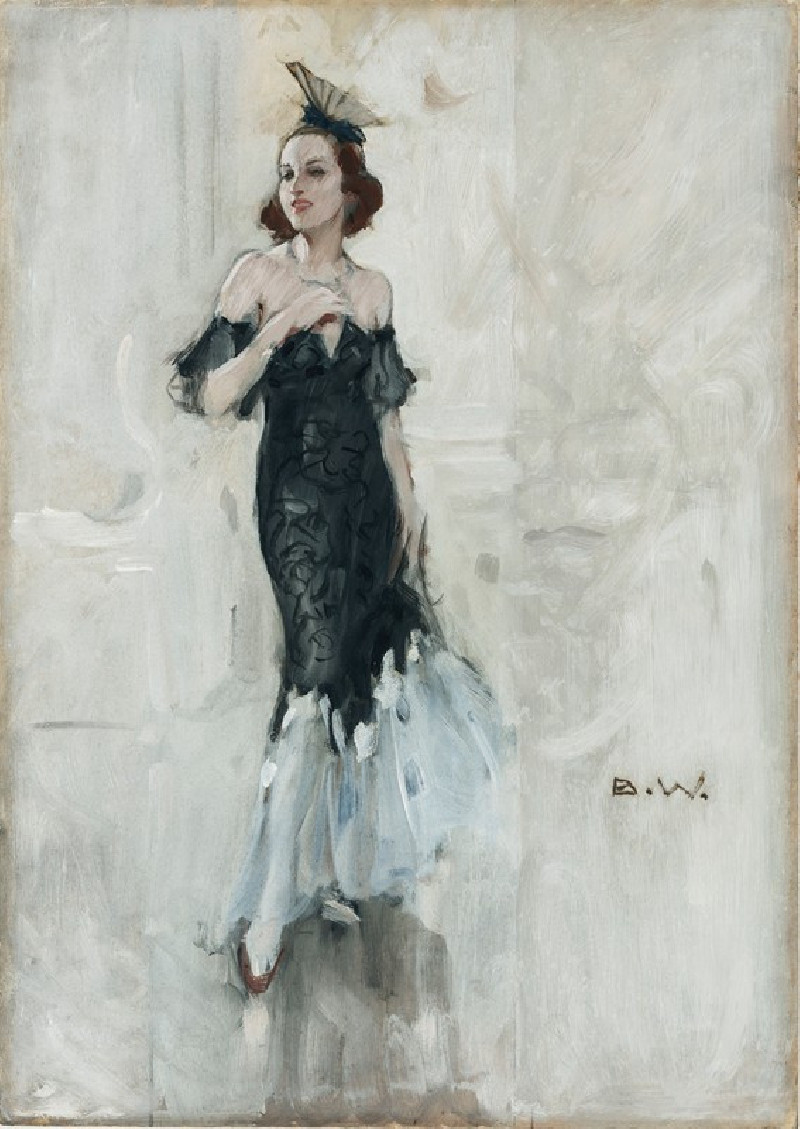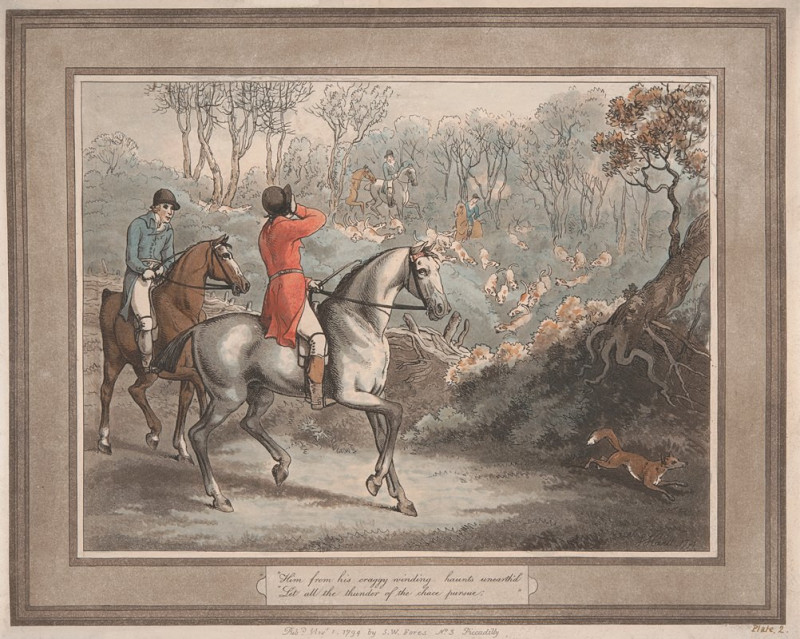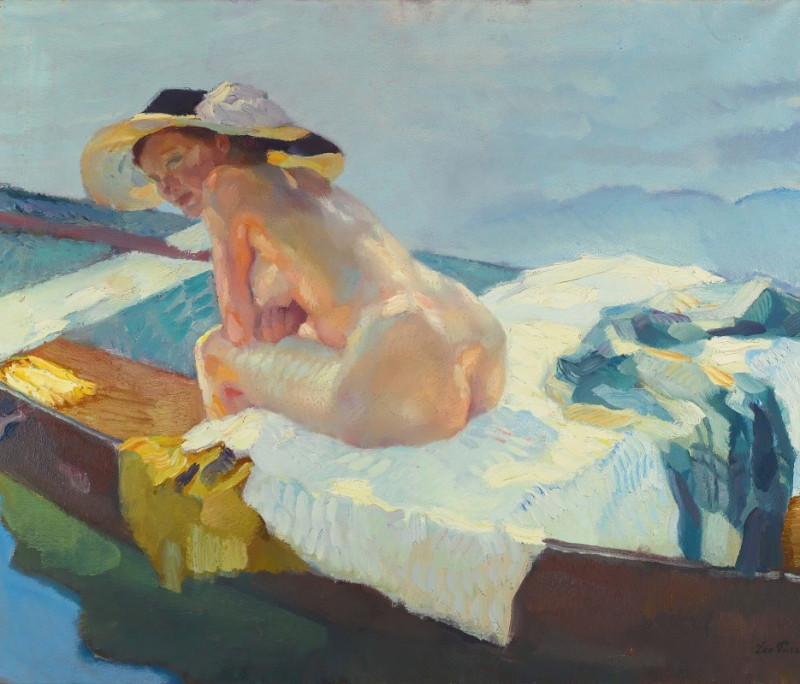Alexander Thomson (1846)
Technique: Giclée quality print
Recommended by our customers
More about this artwork
The art piece "Alexander Thomson," crafted in 1846, is a compelling sketch by the distinguished American painter Frederic Edwin Church. Known for his magnificent landscape paintings, Church's portrayal in this piece takes a more intimate turn, focusing on a personal subject, Alexander Thomson.The sketch, minimalist in its execution, captures Thomson in a moment of deep concentration. The details are sketched with fine lines, primarily focusing on the face and hands of Thomson, suggesting a moment of intellectual or creative engagement. His attire is modest and practical, hinting at a character absorbed in thought or work. Thomson's facial features are carefully rendered with gentle strokes, showcasing his glasses and a cap, which add to the depth of his character.The overall simplicity of the sketch, combined with the thoughtful depiction of Thomson, invites viewers to ponder the personality and the story behind the subject. This sketch not only highlights Church’s versatility as an artist but also his ability to capture human essence and introspection through subtle yet powerful strokes.This piece is a noteworthy deviation from Church’s typical expansive landscapes, offering a closer, more personal glimpse into the human element behind his artistic universe.
Delivery
Returns
Frederic Edwin Church (May 4, 1826 – April 7, 1900) was an American landscape painter born in Hartford, Connecticut. He was a central figure in the Hudson River School of American landscape painters, best known for painting large landscapes, often depicting mountains, waterfalls, and sunsets. Church's paintings put an emphasis on realistic detail, dramatic light, and panoramic views. He debuted some of his major works in single-painting exhibitions to a paying and often enthralled audience in New York City. In his prime, he was one of the most famous painters in the United States.



